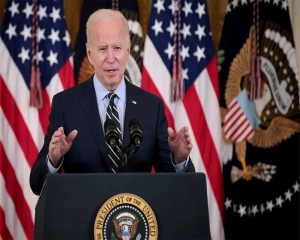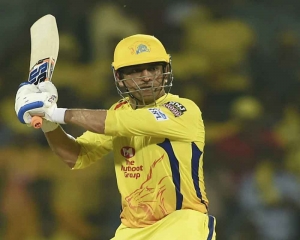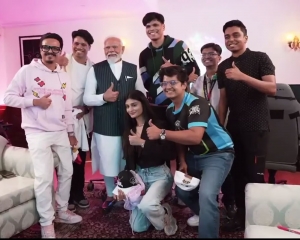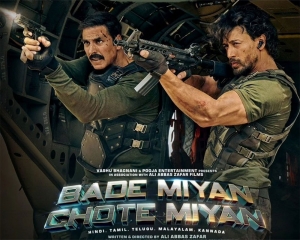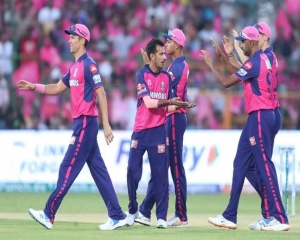Providing our young people with a meaningful role is an investment for the future. 2019 must allow them to become innovators, thinkers and problem-solvers
We have entered the penultimate year of the second decade of the 21st century. Those born in 2000 will turn 19 this year and will cast their votes for the first time in the general election. Those born in 2010 will turn 10 the next year and will be able to comprehend their life much better. Together, these two groups would constitute a vibrant generation who would grow up in a highly animated world, strewn with supersonic advances in technology — a world which is coalescing faster than ever before. If looked through the lens of this 21st century generation, the world would seem different. This is one of the foremost opportunities/challenges that India should consider in 2019. Our Governments should take the present generation seriously and modulate strategies and conversations accordingly. According to the United Nations Population Fund (UNPF), the youth population is growing fastest in the poorest nations, which means one-fourth of humanity is now young (ages 10 to 24).
“Young people must be at the centre of the post-2015 vision for sustainable development to drive the future we want,” UNFP Executive Director, Dr Babatunde Osotimehin, wrote in the state of world population 2014 report titled, ‘The Power of 1.8 Billion: Adolescent, Youth and the Transformation of the Future.’ Osotimehin further said, “Never before have there been so many young people. Never again is there likely to be such potential for economic and social progress. How we meet the needs and aspirations of young people will define our common future. Education is critical. Skills and knowledge young people acquire must be relevant to the current economy and enable them to become innovators, thinkers and problem-solvers.”
Author of the popular Hindi book, Hausalanama, and Haryana cadre IPS officer, OP Singh, is of the view that in the Indian context, the demographic dividend offers an unprecedented opportunity of sustained growth and prosperity. He recommended a consensus across the political and ideological spectrum so as to reap the youthful dividend that India, with its 36.5 crore youth, is endowed with. The education and policy framework must be tweaked to suit the aspirations and needs of this generation.
Singh, who experiments with engaging the youth in Haryana, believes that it’s time for Governments to shift the focus from ‘Government-people’ to ‘Government-youth’ engagement. He recommended that Governments must re-design their strategies, build new competencies and realign themselves to accomodate the unique needs of its youth.
Singh has further pointed out that were around 46 crore Internet users in the country, out of which about 26 crore were on social media and 36 crore of them were in the 10-24 year age group. “The Government needs to help them find common grounds across identities — caste, class, creed, region, language and ethnicity — and prod them to rally around shared territorial identity. Raahgiri and Marathon in Haryana are process innovations in governance that bring the people and the Government together. Collaboration and not confrontation is the key driver of interpersonal, inter-group and Government-people relationship,” he added. There is huge merit in this model for other Governments to replicate.
Modern youth, growing up in a more dynamic milieu, require special treatment. Their tastes and orientation are different. It’s a challenge for the culture industry, educationists, political class, technology industry and even media companies. That these groups are adapting themselves to cater to the new needs of the present generation is amplified in popular culture and proliferation of new technologies. The making of films like 2.0, Ra.One and other animated ones like Hanuman: Da’ Damdaar, Koochie Koochie Hota Hai may reflect an attempt to address particular needs of this group.
Popularity of platforms like Instagram, WhatsApp, YouTube, Facebook and Quora may also indicate a growing shift in the way the young engage and articulate. Social conversations and expressions are rapidly moving to the digital arena. The digital generation finds it easier to negotiate with these platforms. There is a message for everyone in this and all of us should gear up to exploit the potential that the youth hold. 2019 will be a new and exciting year for such opportunities. We must invest our time and resources judiciously to ensure the youth truly become innovators, thinkers and problem-solvers.
(The writer is a strategic communications professional)

















